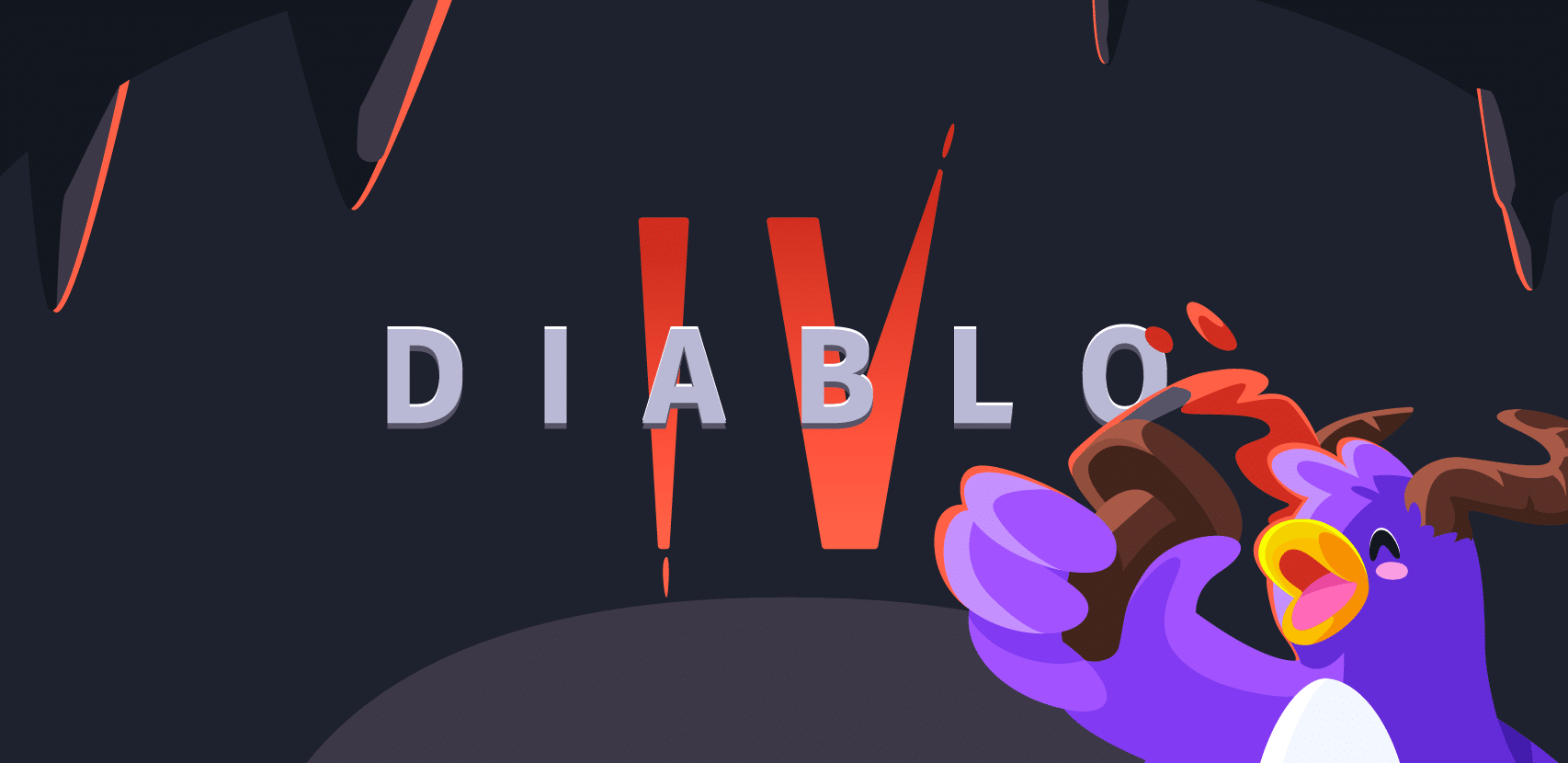
6 KubeCon US Sessions You Don’t Want To Miss

KubeCon organizers released their agenda recently and it seems very promising, it also has more sessions than ever before! As always, it’s a real challenge to pick the sessions that let you get the most out of your time at the show. It took me a few rounds of whittling down to choose the sessions that I plan to attend. But based on my experiences in our own environment and what I’ve run into at our customers’ sites, I expect the sessions listed below to deliver great value.
While we think these sessions will be helpful to many attendees, they might not be the best sessions for you. So don’t take our word for it — use our list to inspire your own thoughts about what you’d like to hear. Check out descriptions and speakers, and let the best (wo)man win your attendance!!
Getting The Most Out Of Kubernetes with Resource Limits and Load Testing. Harrison Harnisch, Buffer
Availability and performance are the key when it comes to running production workloads on Kubernetes. Resource limits are essential to ensure that multiple workloads (possibly from multiple environments) can run on the same cluster(s) without interfering with each other. But the trick is to know what those limits should be. For us, this is not idle speculation: We recently witnessed one container damage an entire cluster when enterprise system engineers got the resource limits wrong. We’re looking forward to learning how to get it right, every time!
Front-end Application Deployment Patterns – Ross Kukulinski, Heptio
If you’re already using Kubernetes for your backend, you might want to see what it can do for your frontend as well. Potential advantages include uniform CI/CD and monitoring, eliminating vendor lock-in and more.
Running front-end applications on Kubernetes, however, can create a host of new problems, so before making a decision, it’s important to understand the relationship between frontend and K8s and hear from an expert about the pros and cons of such a move.
Kubernetes and the GitOps Face-Off – Ricardo Aravena & Javeria Khan, Branch Metrics
While Kubernetes opens a new era of an easy orchestration of cloud and other applications, it often feels like an endless number of YAML files must be configured to manage our servers. Git makes the process less error-prone but it still requires tedious repetitive set-ups. At Rookout, we have moved to Git-Ops to manage our workflows and simplify Kubernetes application set up.
We’re counting on this session to update us on the essential tools that will make it a breeze for us — and you — to set up an application on Kubernetes.
Automating Enterprise Governance Using the CI/CD Pipeline – Satyam Agarwala, ThoughtWorks & Mark Angrish, ANZ
As developers, we love to focus on the code we write and the value we bring to our users. In many large organizations, however, developers are less free to focus on value-generating creativity, since they are bound by their applications requiring internal or external governance. Fortunately for us, the new GitOps paradigm, loved so much for its predictability and traceability, can serve the same function for enterprise governance. So instead of viewing CI/CD as the enemy of governance, this session provides practical tools on how to leverage the out-of-the-box traceable and predictable qualities of CI/CD to support governance.
In addition to the sessions above, there are a couple of sessions on debugging that I think will be great.
Do it Live: Measuring your Applications in Production – Jason Keene, Pivotal
Because we’re all about improving observability of live code, the session about how to easily collect additional data from running clusters is right up our ally.
Debugging Applications on Kubernetes – Michelle Noorali & Radu Matei, Microsoft
This is an interesting one for us since it takes as a baseline that if you’re using Kubernetes, you need to get by without debuggers. Of course, we do allow developers to debug Kubernetes, but we’re very interested in discovering tools and techniques that complement Rookout and make debugging Kubernetes not only possible but (dare we say it?) even easy, sometime soon.
Looking forward to seeing you there!
Come see us at the booth S/E 42 — and we can continue the conversation about debugging applications on K8S.





